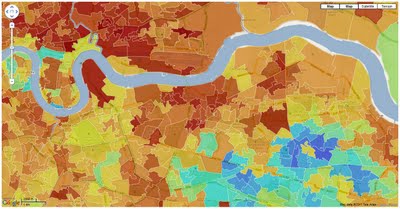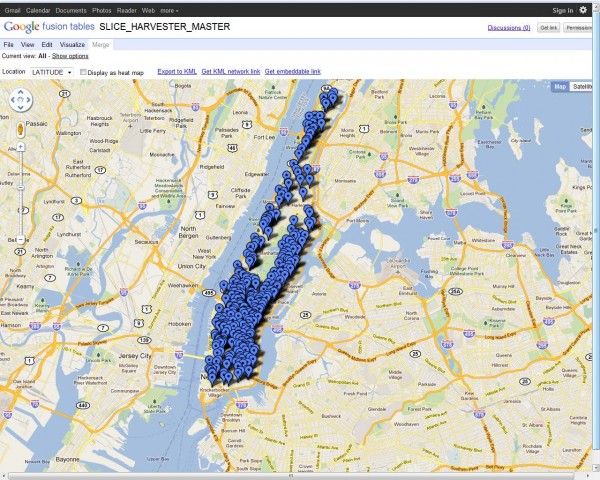Google is making consistent but slow progress with Fusion Tables, gradually enabling various functionality options to turn the application into a comprehensive data visualisation and sharing package. The idea behind Fusion Tables is simple – allow people to upload data in a tabular format, then present that data with graphs or geocode/ match to spatial data and display on Google maps as thematic overlays or location points. Undoubtedly, the integration of tables, maps and graphs is Google’s response to emerging trend for “data marts” and “data journalism”.
Fusion Tables has a potential to evolve into a formidable competitor to PostGIS, ArcSDE , Oracle Spatial or SQL Server for basic GIS applications. Although a recent addition of dynamic styling capabilities takes Fusion Tables closer to that goal, it is still a long way for the application to reach that point. Unfortunately, the implementation of Fusion Tables is in typical, of late, Google fashion – unattractive and rather complex to follow so, most likely only “hard core” developer community will be taking advantage of it. The limit of 250MB of data per account is not helping either. There is no catalogue of available data (although basic text search is enabled) and no metadata for public tables so, it will not facilitate sharing.
Nevertheless, you can already make nice and very responsive maps with Fusion Tables, as in this example from Guardian’s Data Blog:

